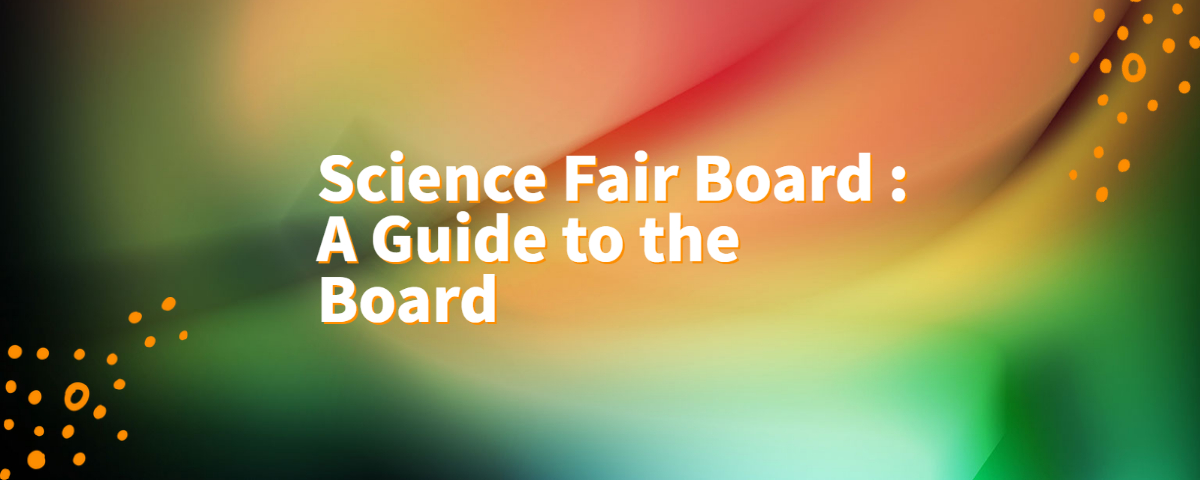Science Fair Board: A Guide to the Board
A Science Fair Board is a display board, generally of the measurement, of 36 tall by 48 wide, which acts as a display board. It is a three-panel system that unfolds. The design of display boards differs as per the events. Most Science Fairs have transferred their display boards to digital media though there are many who still believe in the conventional ones.
Science Fair Display Boards are built with many types of materials and that is solely dependent on how one wishes to portray it. The flashier the board, the more advertised it becomes.
Why do we need a Science Fair Board?
It is a pertinent question that is often asked. Given the rapid transformation of technology and how smartphones have improved mobility, it is perhaps logical to expect, science fair boards to be displayed through apps. However, even in this world of glitz and sophistication, certain things aren’t meant to change. A well-designed science board evokes memories and adds a vibe to a fair. Now to the question of why we need a board, it is a simple argument. It is there to guide visitors and participants. It is also important to understand what disparate purposes it serves by being put up there.
Main boards help visitors identify sectors of the fair while individual project boards talk about the project and its aim and vision.
How to Organize a Science Fair Board?
A science fair board is ideally organized as a newspaper with separate sections allocated for myriad information. Since most of us read from left to right, it is hence imperative that the description of the subject begins from the left top end and ends at the bottom right end. As mentioned previously, Science Fair boards are there to inform, but they just shouldn’t be there as a signpost. There needs to be a sense of purpose while designing it. The Science Fair Board is not just a standing edifice of information but an adage to the fair itself. It must invoke excitement and attraction.
The various section of the board should each resemble a story of its own.
The most common categories are:
- Abstract
- Question
- Hypothesis
- Variables
- Background
- Research
For a board representing a fair:
- History
- What to expect
- Categories of projects
- Last year’s winners
- A Map
These are not exhaustive descriptions and more can be added as per the imagination.
Fonts: It is extremely important to create texts which are easy to read. The audio-visual aspect of the board decides its fate. They must be large at 22 points or more. If the placement of the board is such that it can be viewed at eye level, then font size-16 is good enough.
Images: A board hanging at a distance would require larger images and larger captions. A board at eye level is allowed to have smaller images and captions
Content: A Science Board is meant to inform and not shock and awe with the language. Hence, the language must be easy to read and understand. While Shakesperean skills are truly superpowers, let us not go overboard out here with it.
Check the Rules
Each fair has its own set of rules and regulations, which must be followed. The committee would perhaps also set stipulations pertaining to science fair boars and project boards and they must be adhered to.
Final Words
A Science Fair board is not just any board but a thought-provoking piece of literature that acts as a force multiplier. It does not simply describe the event or the project but remains a memory to many. Let’s build good memories then.


